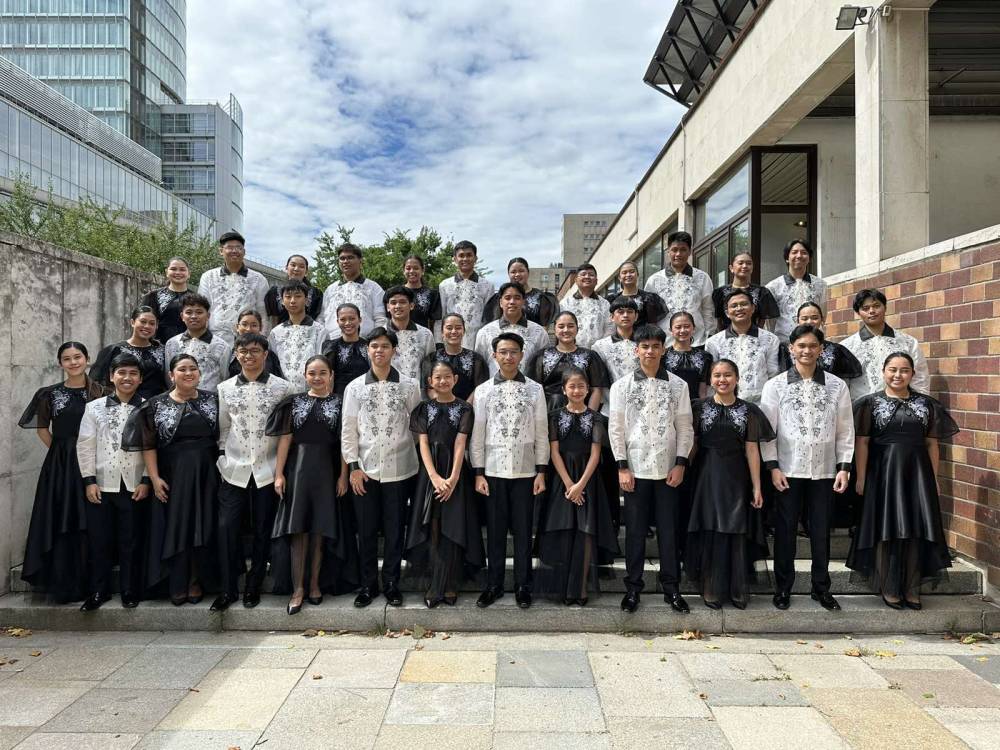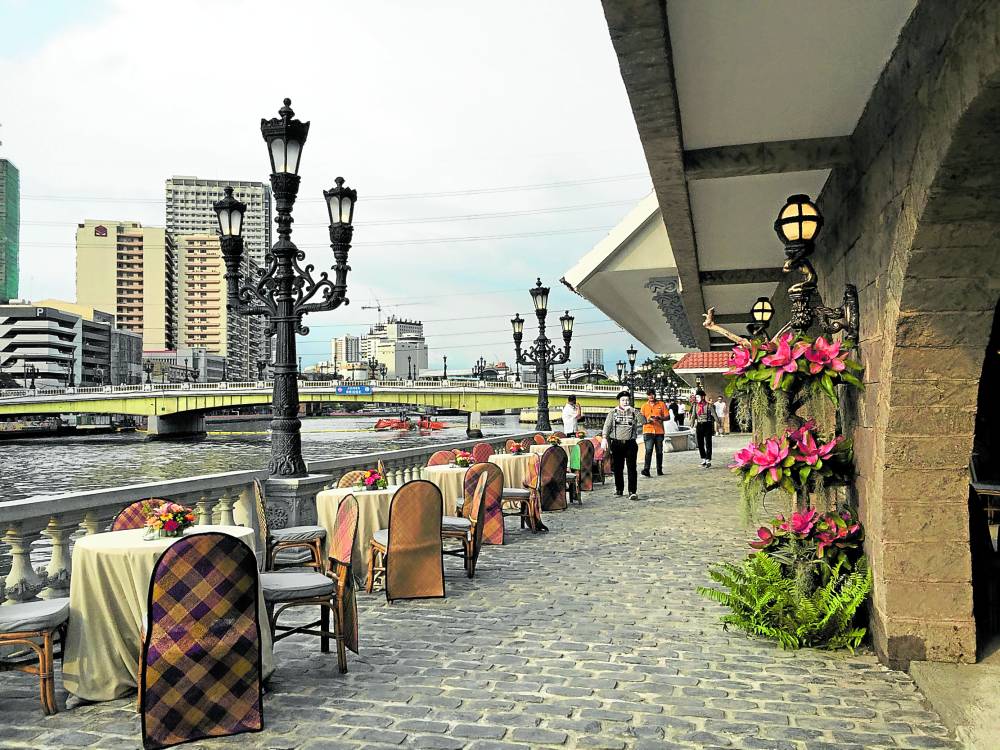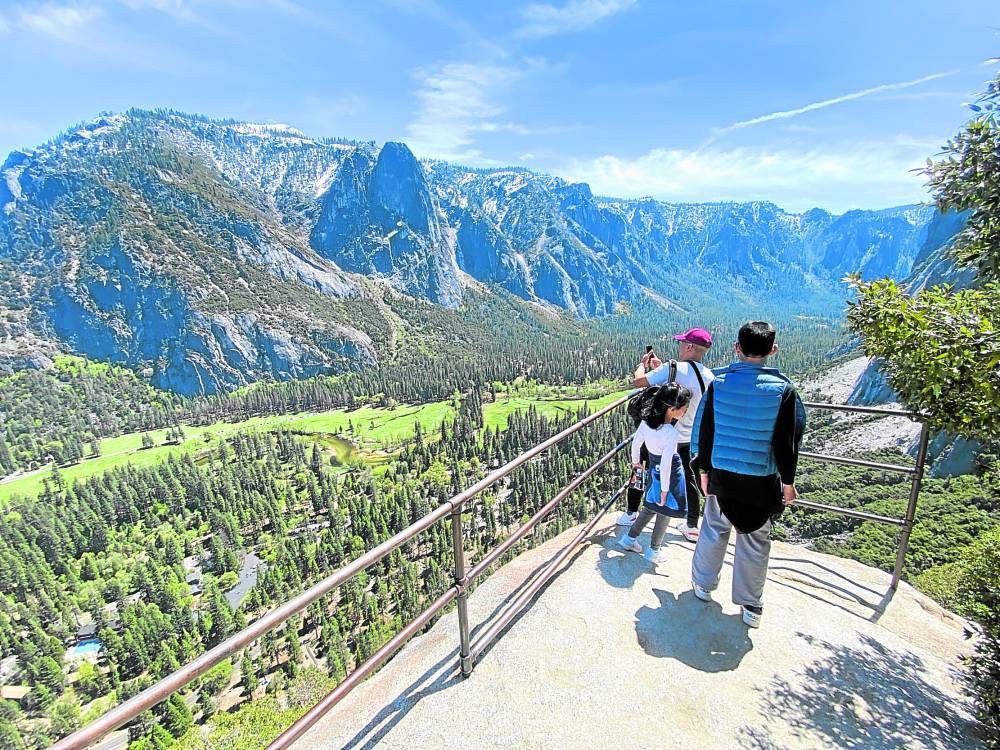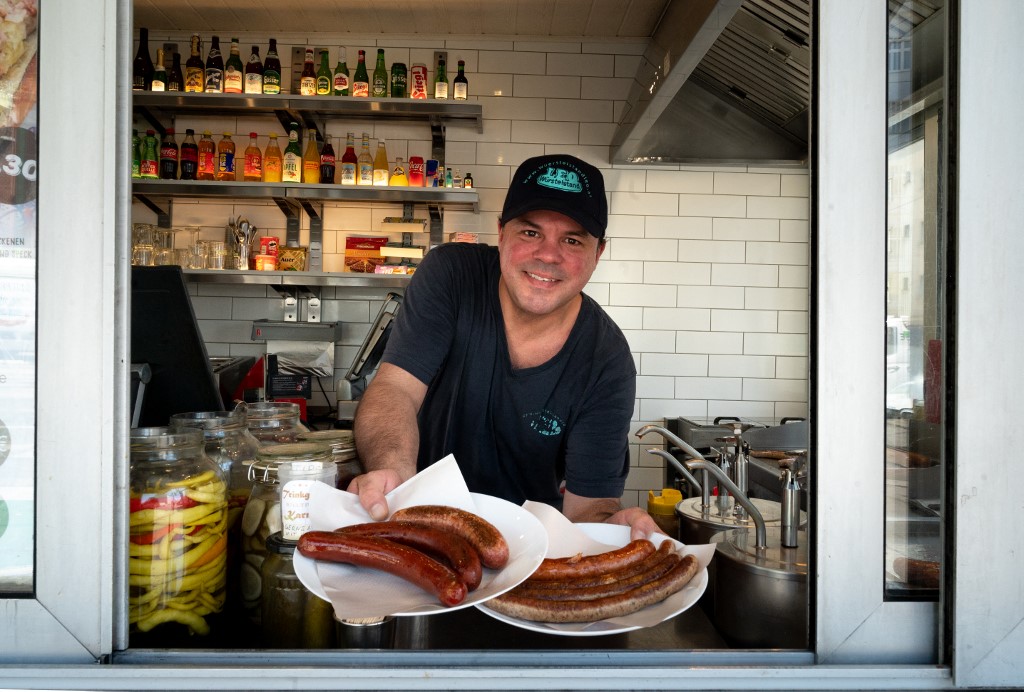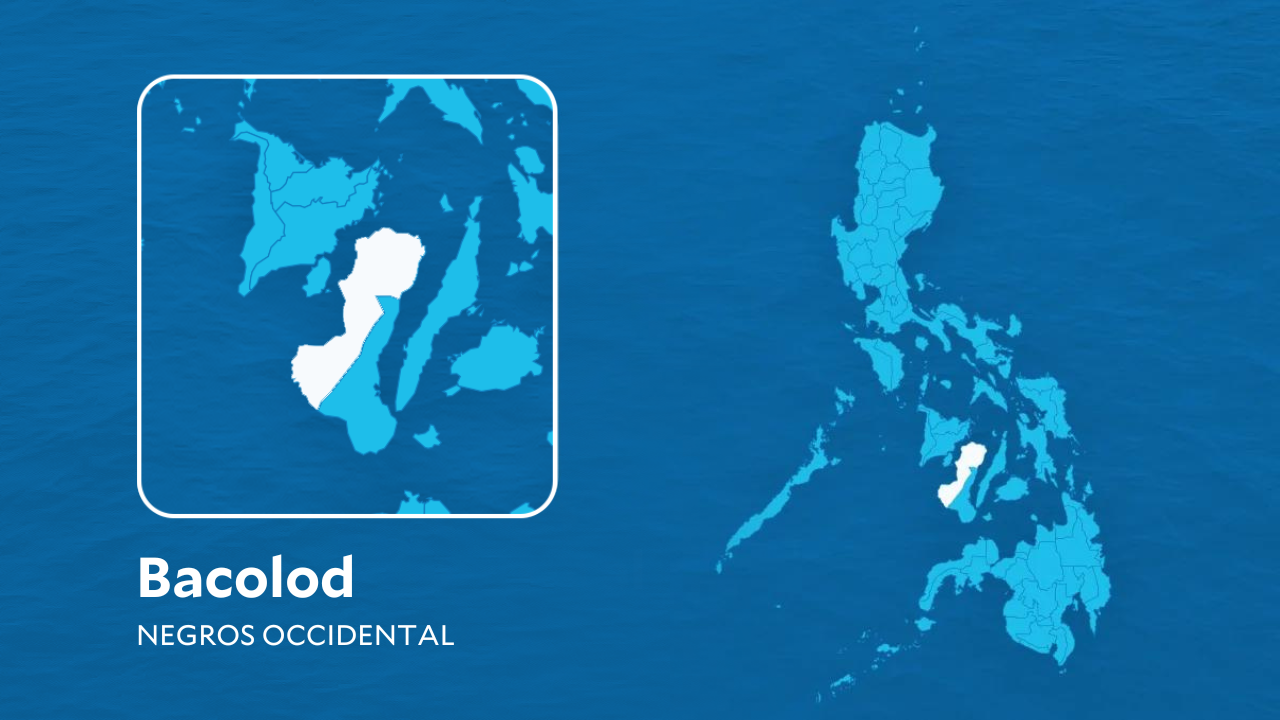What a difference a plague makes.
There exists an alternate universe where there is no appetite at all for braised pangolin, no stealthy virus replicating in unsuspecting hosts, no hospitals stretched beyond capacity with beds and ventilators in short supply, no bungling one-trick pony of a president who threatens a single solution to a public health emergency: shoot the motherf*ckers who dare to break quarantine and hit the roads.
This alternate universe has a name and it’s Yesterday. Or, as it’s also known, The Recent Past. Which was as recent as three months ago.
In Yesterday’s world, I would have been on the beach this Easter with my daughters, lounging in Tulum, a sandy stretch of heaven on the Caribbean, a frozen margarita in my hand.
In the universe of today, we are living in a strange new world that is both hyperreal and surreal. We are marooned on an upended dystopian scene where we wake up each morning to clear blue skies dotted with candy floss clouds and sun so brilliant it deepens the green of the leaves and the vivid pinks of the bougainvillea and brings out the birds’ chirping. It’s Louis Armstrong’s signature song, “What a Wonderful World,” come to life. Except that we can’t venture past the confines of our homes to fully take in “the bright blessed days” or “the dark sacred nights,” much less “friends shaking hands / saying how do you do.” Because not staying home, save for the most urgent of reasons, can convert us with a single invisible lethal droplet into potential assassins or ICU patients, or both.
In the absence of mass testing in this country, we have to assume that we’re all carriers with varying degrees of contagiousness, armed with a concealed weapon we can neither see nor feel nor ever even wanted to carry. But even within the safety of our homes, we are hyper-aware – as we wash our hands with obsessive-compulsive zeal and speak of social distancing, pandemics and viral loads and confirmed COVID-19 cases – of the virus and its deadly threat, of its capacity to cause havoc and bring the world to a standstill.
The novel coronavirus, this spiky ominous ball of protein-coated in lipids, may have emptied our streets, cleared our skies and confined us to our homes as we shun company and live in a heightened state of paranoia. Yet ironically, this microscopic terror is the most social thing, waiting for us to congregate, the closer the better, so that it can gleefully jump from host to host and replicate, oblivious to class or status or weight or state of health. “Whenever two or more of you are gathered,” it seems to taunt mockingly, “there I am in the midst of you.” The frightening daily death tolls, now over 100,000 worldwide since the virus was first detected, are grim proof of its global and ruthless reach.
And this ever so sociable virus that craves crowds – go ahead, it dares, bring on the mega-church services, lay on the big weddings and political pow-wows, come on down to the beach for spring break, head on to the streets for a marathon, pack the arenas for a rock concert – deals the cruelest blow to those it kills, especially the old and infirm and immuno-compromised, for it leaves them gasping for breath alone at their death bed, with their families and friends sadly prohibited from seeing them, from soothing their weary brows, or holding their hands to comfort them, for fear of contagion. Even in death, the virus metes out another indignity: the corpses can’t be immediately claimed or buried, again for fear of contagion. Instead, as their hardworking, overwhelmed doctors and nurses silently shed a tear for them before they necessarily move on to the next patient in desperate need of their care, the deceased are wrapped in body bags, tagged and stored in morgues, to be claimed at some vague date in the future when the pandemic ends. In places like Iran, Italy and New York, mass graves have been carved out of the earth to accommodate the overflow of the dead while the living mourn from afar, powerless in their mandated isolation – human devastation compounded by all too human anguish.
It is a double-edged consolation that many who are infected are asymptomatic, particularly those belonging to the lower-risk demographics, and those who go on to develop symptoms are likely to suffer a milder version of COVID-19 without hospitalization. Randomized testing in Iceland has revealed that between 0.3 to 0.8 per cent of the country’s population of 364,000 is infected with the coronavirus, and that about 50 per cent of those who test positive are asymptomatic.
Until we have mass testing in the Philippines – and honestly, you politicians, stop with the TikToks and get on with the testing! – we can only assume that most of us are asymptomatic, which makes staying at home all the more imperative. Flattening the curve isn’t a farfetched dream, and social distancing, the latest data have shown, can slow down the spread of COVID-19. And while the prospect of staying at home may drive some absolutely batty, a bout of cabin fever is infinitely more preferable to the acute respiratory illness that coronavirus causes.
Obviously I never made it to Mexico. It was a trip we had all been looking forward to; my younger daughter was doing her semester abroad in Puebla, while my older one couldn’t wait to escape the dreary London cold. Naively we thought that in time, the threat of a pandemic would wane and we could hasta la vista, baby our way to CDMX. Instead, the virus, with its characteristic stealth and indifference, dashed our fantasies of visiting Frida Kahlo’s home, discovering Luis Barragan’s architecture, marveling at Mayan ruins and swimming in a cenote in Tulum. The virus dictated our new itinerary: we were staying put, destination, nowhere.
As it became increasingly evident that the Mexican government, what with its swaggering president insisting on mass gatherings with lots of kissing and hugging, had no concrete plan to confront the spread of the coronavirus even as private institutions such as my daughter’s university had closed down for the semester, I realized I needed to get her out of there immediately. Instead of us flying in for our much anticipated holiday, she was on a flight back to the UK, dressed for battle – hoodie, mask, gloves and glasses – before being whisked off to the relative safety of a small and so far COVID-free town in the English countryside to self-quarantine before coming back home when NAIA re-opens. Meanwhile my older daughter is in lockdown in London, working from home, and it gladdens my motherly heart that she has imbibed my coronavirus paranoia and disinfects everything in sight.
Meanwhile I gaze at the blue skies, and savor the feel of the sun on my face every morning even as I’m hemmed in by the bamboo-hedged wall of my small garden. Life in this new universe of solitude has, to be honest, been busy yet calm. I confess that I wish for the universe of Yesterday once more if only to be able to hold my daughters tight in my embrace.
But there’s always the hope that tomorrow will bring them home. They’d have to thoroughly disinfect their clothes and shoes upon arrival and then take a shower, though. Because I would do anything for love, but to hug them without sanitizing my hands first? I won’t do that.













